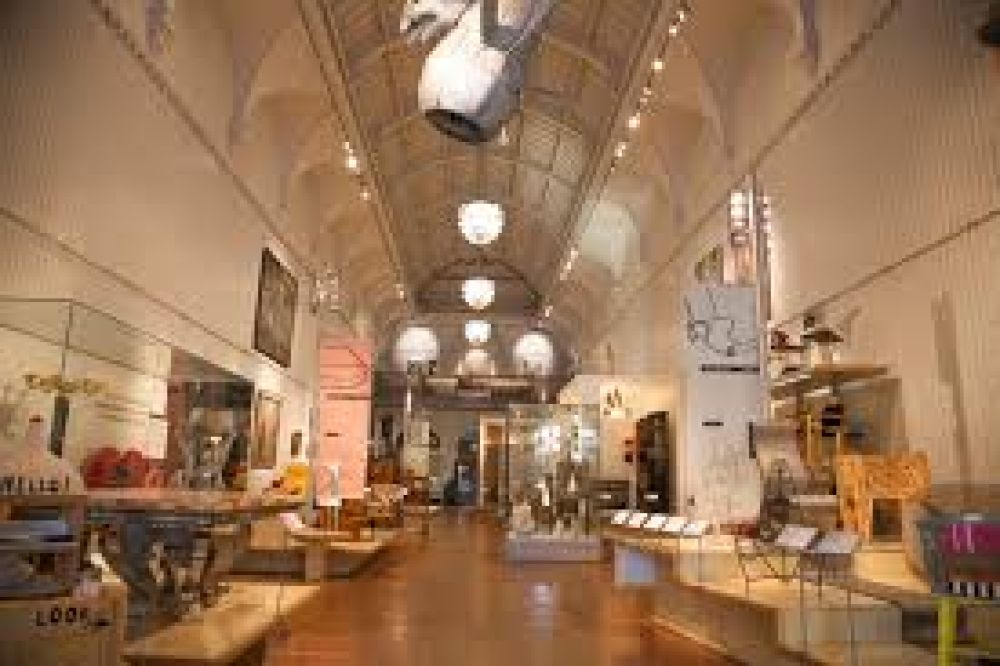

Nestled within the charming city of Brighton and Hove, the Hove Museum & Art Gallery stands as a testament to the rich cultural heritage and the flourishing arts scene of this vibrant coastal city. The museum, housed in a majestic Victorian villa which was once a family home, was transformed into a public museum in 1927, following an immensely successful exhibition that caught the public's imagination.
Throughout the 20th century, the museum expanded its collections, with a keen focus on local history, fine art, and decorative art. The crafts and toys exhibits have also been a major draw for visitors, encapsulating childhood nostalgia with exhibits including a significant collection of dolls, mechanical toys, and model trains.
As tourism evolved, the Hove Museum & Art Gallery remained a favorite among both locals and tourists, who were drawn not only to its diverse collection but also to its serene setting—a welcome respite from the hustle and bustle of central Brighton.
The history of tourism in Brighton and its neighbor Hove dates back to the 18th century when the area began to gain a reputation as a health resort for the wealthy thanks to the supposed healing properties of its sea water. When the railways arrived in the 19th century, the accessibility of the area improved drastically, making it a hotspot for day-trippers and holidaymakers from London and the South East.
In more recent decades, Brighton and Hove have seen a transformation into a year-round tourist destination, with a trend towards cultural and experiential travel. Tourists are increasingly seeking immersive experiences, engaging with the local arts, cultural festivals, and historical venues of which the Hove Museum & Art Gallery is an integral part.
Moving into the 21st century, sustainability and responsible travel have become key trends in tourism worldwide, and Brighton and Hove are at the forefront of this move. The city offers a plethora of green initiatives and promotes eco-friendly practices within its tourist attractions. The Hove Museum and Art Gallery aligns with these values by hosting events and exhibits focused on environmental consciousness and sustainability.
Technology is also playing a significant role in the latest tourism trends. The museum has embraced this by incorporating digital exhibits and using social media and virtual tours to attract and engage visitors. This has been particularly significant during times when physical travel has been limited, allowing the Hove Museum & Art Gallery to maintain a connection with its global audience.
In summary, the Hove Museum & Art Gallery is not only a space where history, art, and culture converge, but it is also an evolving attraction adapting to the latest trends in tourism. Its commitment to providing enriching experiences while promoting sustainability and leveraging technology ensures that it remains a pertinent and beloved jewel in the Brighton tourism crown.